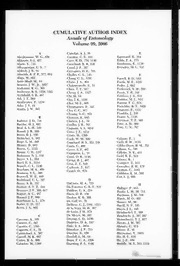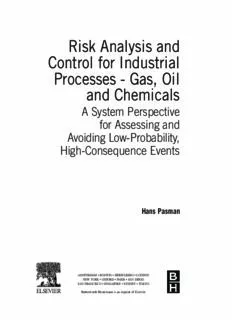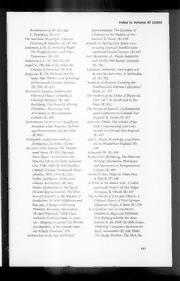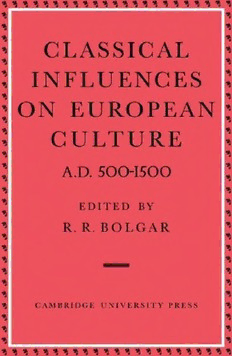
Classical Influences on European Culture, A.D. 500–1500 PDF
Preview Classical Influences on European Culture, A.D. 500–1500
CLASSICAL INFLUENCES ON EUROPEAN CULTURE A.D. 500-1500 Edited by R. R. BOLGAR , Fellow of King's College Cambridge This volume consists of original papers first read at King’s College, Cambridge, in 1969 at the International Conference on Classical Influences. The contributors are distinguished in a wide range of academic disciplines but all are concerned in one way or another with the spread and influence of classical, particularly Roman, civiliza tion through a number of European cultures from a.d. 500 to 1500. Their primary inten tion here is to indicate the most urgent and promising directions for future research in what is still a relatively unexplored field. The book begins with the manuscript tradition—the contents, location and history of the literary remains which provide the basic evidence on which all research in this subject must to some extent rely. This leads naturally to a discussion of what classical texts were actually read and studied, when, where, and by whom. The majority of contri butors go on to examine the Roman tradition as a positive cultural influence on language, literature, philosophy and art. Classical civilization is shown to be a live historical force whose survival consists rather in the creative responses and developments it has inspired than in the mere preservation of its physical relics. CLASSICAL INFLUENCES ON EUROPEAN CULTURE A.D.500-1500 CLASSICAL INFLUENCES ON EUROPEAN CULTURE A.D. 500-1500 PROCEEDINGS OF AN INTERNATIONAL CONFERENCE HELD AT KING’S COLLEGE, CAMBRIDGE APRIL 1969 EDITED BY R. R. BOLGAR CAM BRIDGE AT THE UNIVERSITY PRESS 1971 Published by the Syndics of the Cambridge University Press Bentley House, 200 Euston Road, London n.w.i American Branch: 32 East 57th Street, New York, n.y. 10022 © Cambridge University Press 1971 Library of Congress Catalogue Card Number: 77-113599 isbn:o 521 07842 3 Printed in Great Britain at the University Printing House, Cambridge (Brooke Crutchley, University Printer) PREFACE: THE KING’S COLLEGE CONFERENCE In 1963 Lord Annan proposed to the governing body of King’s College, Cambridge, of which he was then Provost, a modest enlarge ment of the traditional rôle of a Cambridge or Oxford college. By a tradition which dates from the monastic institutions of the Middle Ages, these colleges have been places of residence and education. Research, along with laboratories, lectures and examinations for degrees, has been the province of the University. Provost Annan’s proposal was that King’s College should establish a research centre of its own where its Fellows could further projects in which they were interested. He had in mind both long-term group activities, for which the College would provide facilities (including Fellowships where appropriate) but not finance, and short conferences, for which it would be wholly responsible. The governing body agreed that the new buildings it was planning should include a research centre. These buildings, associated with the name of Lord Keynes, formerly Bursar of the College, were completed in 1967. As soon as Lord Annan’s proposal was accepted, Dr Bolgar and I applied for help with a conference on classical influences, a subject in which we were both interested. Having taken this step, our first thought was to ask for advice and assistance from the Warburg Institute, and these were generously given by its Director, Professor E. H. Gombrich and its Librarian, Mr J. B. Trapp. Of the limited number of periods which could be offered to us, we chose 8-12 April 1969. Unfortunately, this proved to clash with the annual conference of medievalists at Spoleto and lost us some speakers we should have welcomed. Our next task was to decide what form the conference should take. The field of classical influence has been very unequally explored. Some parts of it are known in great detail. Other parts remain virtually uninvestigated, their very existence hidden from all but a few specialists. It seemed therefore that the most useful function a conference could perform would be to bring to light the avenues which, given the present state of our knowledge, research could most usefully follow. Wé hoped that if we brought together a body of scholars with varied but overlapping interests, all concerned with the V PREFACE survival of antiquity their discussions would draw the map of what has been discovered and indicate the obvious gaps which remain to be filled. To help with planning and running the Conference we needed a Cambridge committee and were fortunate to secure as colleagues Professor J. A. W. Bennett, Dr P. Boyde, Mr E. P. M. Dronke, Professor L. S. Forster and Mr E. J. Kenney. We decided after some heart-searching to restrict our field to the influence of Roman antiquity. It is true that Greece and Rome cannot be effec tively separated, as can be seen from the numerous references to Greek authors which will be found in this volume. But to bring in Greek studies during the Middle Ages is to bring in Byzantium ; and that is a huge subject, which would have needed a much longer conference to do it justice. Our freedom of action was circumscribed by practical considera tions. The capacity of the College’s private dining-room limited the number of invited guests to between thirty and forty. We had about that number coming from outside Cambridge; and if the majority of them were to be given a chance to speak, then it was obvious that the amount of time allotted to each would have to be severely curtailed. Some authorities, chosen as representative, were asked to speak for half an hour. Others, often no less distinguished, were invited to make shorter ten- to fifteen-minute communications if they chose. No suggestion was made as to topics, and the field was so wide that in the event there proved to be hardly any instance where one encroached upon another.1 In addition to those specially invited, other scholars from Cambridge and elsewhere were encouraged to attend. We had decided to save valuable time by omitting complimentary speeches of introduction and thanks and by having no formal discussion. This was in the belief that the time saved would be more fruitfully em ployed in private conversation, both among the guests themselves and between them and the outside visitors who came for particular sessions. They came as it turned out in large numbers, attendance at the sessions varying between forty and seventy-five, and the contacts which were made proved to be a most useful aspect of the Conference. 1 We are acutely aware that through ignorance or oversight we must have overlooked some scholars who had a good claim to be invited, had there been room. We were also very sorry that Professors T. Kardos, C. Leonardi, C. Mohrmann and A. Perosa, Dr R. Walzer and Mile M.-Th. d’Alverny, having originally accepted, were eventually prevented from coming. Mile d’Alverny’s paper was however read by her collaborator, Mme Garand, while an English summary of Professor Kardos’s contribution was read by Dr Bolgar. Both are printed in this volume, Professor Kardos’s in its original form. VI
The list of books you might like

The 48 Laws of Power

The Spanish Love Deception

Mind Management, Not Time Management

The Mountain Is You
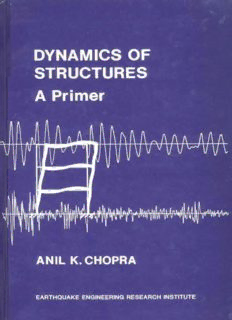
Dynamics of Structures A Primer

By Any Other Name

Marriage and Cohabitation
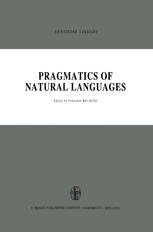
Pragmatics of Natural Languages
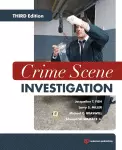
Crime Scene Investigation
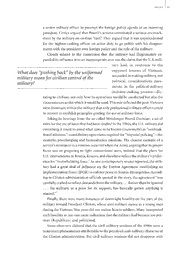
DTIC ADA519804: Rumsfeld, the Generals, and the State of U.S. Civil-Military Relations
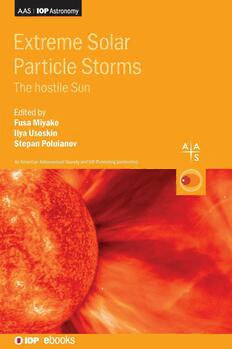
Extreme Solar Particle Storms: The Hostile Sun
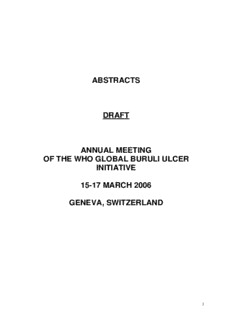
cameroun ulcere de buruli : activites realisees en 2005
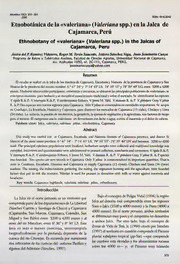
Etnobotánica de la «valeriana» (Valeriana spp.) en la Jalca de Cajamarca, Perú
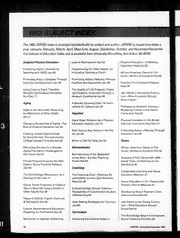
Journal of Physical Education, Recreation and Dance 1993: Vol 64 Index
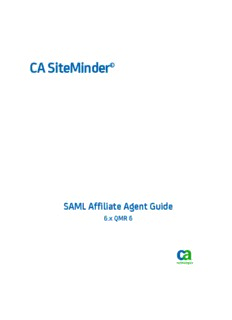
CA SiteMinder SAML Affiliate Agent Guide
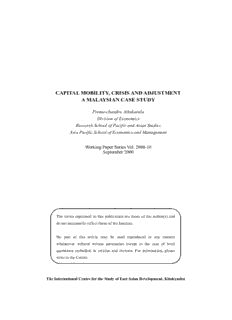
capital mobility, crisis and adjustment a malaysian case study
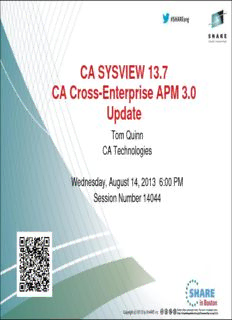
CA SYSVIEW and CE APM Update - Confex

Fight (Passionate Pursuits)

Библиотека Радзивиллов Несвижской ординации = Library of the Radziwills’ of Nesvizh Ordynation: каталог изданий из фондов Центр. науч. б-ки им. Якуба Коласа Нац. акад. наук Беларуси: XVIII век. В 4 кн. Кн. 4. (1786—1800)

Color Atlas of Physiology

